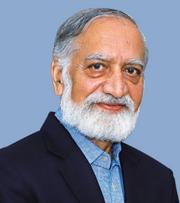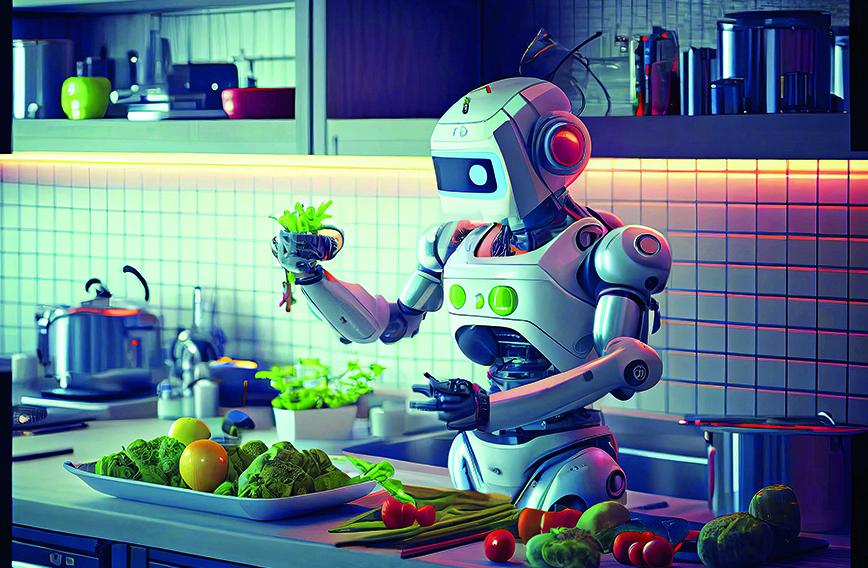
KIRAN KARNIK
INVENTION is the holy grail of researchers: to create something that does not exist and may not even have been imagined. Close behind is discovery: finding, for the first time, something that exists, but has not been known so far.
However, for the business world and pragmatic economists — concerned with revenues, profits, and GDP — these are long punts, with returns being both uncertain and probably a long way off. Also, others may benefit more than the original inventor, despite growing enforcement of intellectual property rights (IPRs) and patents. Therefore, in the arenas of business and economic development, invention’s less glamorous cousin — innovation — is more important. After all, it is innovation — be it in the product, process, or business model — that enables the monetization of knowledge. Little wonder that innovation is now amongst the most popular buzzwords, in both business and governmental circles.
Yet, not all innovations pay off. Often, promising innovations, launched with fanfare and much publicised, come to nought. In the past few decades alone, one can think of the Simputer and the Tata Nano car, both Indian innovations. The former won global acclaim as a simple and low-cost computer that would take the world by storm and be of special significance for India and other developing countries. Yet, while it made some inroads in a few countries, it never really took off and practically died out in a couple of years. The Nano, with its many tech innovations and a promised sub-one lakh rupees price, was seen as revolutionizing the automobile market. It too was lauded globally and contributed to India’s growing recognition as a hub for innovation and frugal engineering.
However, like the Simputer, it was a flop in the marketplace. Many post-facto explanations are offered. The Simputer was probably perceived as unattractive between two competing products: the less capable but more flexible and cheaper mobile, on the one hand, and a more expensive but more capable PC. In the case of the Nano, it may have been poor marketing strategy to position it as a low-cost car at a time when many moved up from a more economical scooter or motorbike to a car only because of the status and prestige of ownership. “Low-cost” positioning diluted this.
Other innovations that were short-lived include the electric typewriter, the electronic typewriter, and the pager. Each one seemed such a necessary product and a great innovation, but each was overtaken quickly by better technology and a newer product.
Some innovations last a little longer: think of VHS and videotape or audio cassettes; a few are displaced, but are re-born: vinyl records are now back in fashion, as are analogue wrist watches. Most others have short half-lives, and some are even still-born. All innovations have to face the tough test of a highly competitive marketplace, with consumers who are unforgiving, very demanding, and value-for-money driven. Product inadequacies are quickly exposed, and wrong marketing can mean an implosion. Any innovation is also continuously threatened by new technologies that may give rise to further innovations and competing products.
On the other hand, companies that do not innovate and try to merely incrementally improve their successful products do well in the short to medium term, but come up against life-threatening challenges when faced with a disruptive innovation by a newcomer. Think Xerox and Kodak: examples of outstanding companies that, paradoxically, failed because of their success. Each had a great product but did not innovate in time. We may well see the same story with incumbent internal-combustion-engine auto makers and a new generation of innovative electric vehicles (think GM/Ford vs. Tesla/BYD).
As one looks ahead, what might be the innovations on the horizon? The rear-view mirror, hindsight, gives us 6/6 vision; the future, though, is uncertain — and the way ahead as unclear as looking through a January fog in Delhi.
Predicting innovations is an oxymoron: the essence of disruptive innovation is that it is something that could not have been predicted. Yet, abstracting a problem or need to its basic level may help to indicate some possibilities. Thus, the innovation of a missed call emerged from a need to be able to send a message instantaneously at near-zero cost. Mobile telephony has its roots in the requirement to communicate and converse with anyone anywhere. The microwave oven has its origins in the necessity of cooking or re-heating food quickly. The slide-rule and its successors — calculators and computers — have their genesis in the need to do complex calculations in the shortest possible time. While there are hardly any truly generalizable features, one can broadly infer that successful innovations are those that save time, energy, effort, or cost, and those that make tasks — and life, in general — easier.
Based on these thoughts, one might predict an innovation in transport through a vehicle that combines a car and a drone; one that can use the road or fly through the skies. Innovations in implants are certain: wearable health monitors will become implants, with data being transmitted to a phone or computer — one’s own or that of a hospital/doctor. Brain implants are here already with Musk’s Neuralink: their versatility will be unleashed through a variety of new applications. Information and, by extension, education will — as this writer had predicted some years ago — be implanted (as a chip in the brain) soon after birth; it will be constantly and automatically updated. Cameras and sensors for getting data from various bodily organs will be in a capsule that can be swallowed like a tablet. Innovative robots and gadgets for household help will go beyond the robotic vacuum cleaners and today’s kitchen gadgets, making life easier and homes even smarter.
Imagination will be the limiting factor in sparking new innovations. Readers can add their own wish list.
Kiran Karnik is a public policy analyst and author. His most recent book is ‘Decisive Decade: India 2030, Gazelle or Hippo’
Comments
Currently there are no Comments. Be first to write a comment!




